Hormone Replacement Therapy for Men
Thus, a remarkable idea was born: to try to level out the changes in hormonal balance by introducing externally what the body lacks. Replacing the deficiency of one's own hormones with their analogs – hence the name "hormone replacement therapy."
Women have had more luck with hormone replacement therapy: the age-related deficiency of their main sex hormones began to be researched and then attempted to be replaced starting from the early 1940s.
It was discovered much later that men also require some care. Around the turn of the century, scientists suddenly found out that testosterone injections for men in the so-called autumn of their life help "bring back summer" – that is, they positively influence strength and vitality.
Moreover, it turned out that men who received injections were less prone to diseases of the cardiovascular and central nervous systems, memory problems, and cognitive function in general, and so on.
In short, justice was served, and the era of HRT for men began. However, the injustice in terminology remained: if you Google a bit, you will find that the term "hormone replacement therapy" is exclusively tied to methods and means of replacing estrogen and progesterone.
English-speaking specialists now increasingly use the abbreviation TRT – "testosterone replacement therapy" – to denote "male HRT." But I will continue to call it what I am used to – that is, HRT, hormone replacement therapy.
And in the further text of this article, we will talk only about hormone replacement therapy for men.
Testosterone and HRT
As I already mentioned, for men, HRT began with simple testosterone injections. But here scientists managed to make a "breakthrough." No, even more – a breakthrough without any quotation marks.
In short, it turned out that the level of total testosterone in men after 45-50 years decreases not that significantly. But how come – after all, men who have reached the "crisis age" really experience all those "pleasures" usually associated with low testosterone levels.
That is, a collapse of libido, a decrease in what is called "vital energy," a gradual decrease in muscle mass – which occurs even if you didn't have much of it to begin with, the "retirement" of strength in the arms, legs, and other limbs.
There are two reasons for this, and they are somewhat interconnected.
Firstly, as the body ages, it starts producing more sex hormone-binding globulin, which means a noticeable decrease in free testosterone levels.
That is, testosterone is produced in sufficient quantity, but it cannot do anything useful – because it is bound hand and foot. At the same time – and this is particularly important – much less testosterone is converted into dihydrotestosterone (DHT). And it is DHT that positively affects productivity, memory, and libido.
Secondly, the activity of the aromatase enzyme increases sharply – which means more testosterone is converted into estradiol. The ratio of testosterone to estradiol in the blood shifts sharply towards the latter, which only worsens problems with libido, heart, and so on.
It should be noted that less DHT means a noticeable increase in estradiol activity, which further spins the wheel. What is all this leading to? That external testosterone helps, of course, but not always.
And even when the effect of injections is generally positive, over time, everything can return (and more often than not, it does return) to the original positions: libido along with energy falls, the healing power of testosterone steadily approaches zero.
Doctors who actively practice HRT quickly discovered this, and having discovered it, began to look for ways to solve the problem. And such ways were indeed found.
Testosterone Enanthate for HRT
How HRT usually looks for men. It's very simple. The main ester of testosterone is considered to be enanthate. Its injections are usually done once a week, with a dose of 150 mg per injection.
Why exactly this amount and why exactly enanthate? The fact is that the half-life of testosterone enanthate is 5-7 days.
If you ignore the first figure, you can assume that the testosterone level in the blood after injection will remain roughly at the same level for a whole week.
Well, and making a shot just once a week is much more convenient than once every five days – it's easy to get confused, remembering when you injected last time. But this way: Monday comes – we do the injection.
Testosterone Dosages
The fact is that 150 mg of testosterone per week provides a level that does not exceed the physiological norm. True, some doctors recommend not exceeding a dose of 100-120 mg per week, but this seems too modest to me.
If the dose is increased to at least 250 mg per week, the risk of aromatization increases. And the synthesis of SHBG will accelerate. Therefore – "better less, but better."
Testosterone Undecanoate
Instead of testosterone enanthate, you can use undecanoate – both the injectable and the oral form. Neither can be called a budget option, although they are certainly convenient.
Injections of 250 mg can be done once every two weeks – during this time, the testosterone level in the blood will remain stable. Capsules should be taken daily, 3-4 pieces each.
Sustanon and Omnadren
An inexpensive and accessible solution is "Sustanon 250" (also known as "Omnadren 250," which can be easily purchased at pharmacies). However, there is a problem: injections need to be done every ten days – less frequently is simply pointless. And this is not very convenient – it's easy to get confused.
And it should be noted that during the first half of this period, the testosterone level in the blood will be higher, and during the second half – noticeably lower.
Testosterone Patches
There is also such a thing as testosterone patches – they need to be kept adhered to a hairless area for 24 hours, and so on day after day.
For those who cannot tolerate injections, this is a solution, of course, but I think injections are better. And it's not easy to get the patches.
Free Testosterone Level
Testosterone is, of course, good, and it is indispensable in any case. But, as we have already found out, it alone may not be enough. What else should be taken additionally?
Oral stanozolol can help increase the amount of free testosterone in the blood; 20 mg daily for 10-14 days every two months is enough for this.
DHT has almost complete analogs – these are drostanolone and "Proviron," you can choose either of these drugs. By the way, doctors are increasingly recommending including drostanolone in the HRT course along with testosterone.
Periodic intake of one of the aromatase inhibitors is considered good practice. One tablet of any drug every 4-5 days for a month every three months is sufficient.
Subcutaneous Testosterone Injections in HRT
The trend of recent times in hormone replacement therapy is the replacement of intramuscular testosterone injections with subcutaneous ones, usually in the fat fold on the abdomen.
If with insulin the needle is inserted into the skin fold at an angle, then when injecting testosterone, it is recommended to hold the syringe strictly perpendicular to the body.
Of course, the mentioned advantages must be said. There are three.
- the risk of aromatization is reduced;
- more testosterone is converted into DHT;
- finally, it is simply easier to control the testosterone level in the blood.
In general, subcutaneous injections help eliminate the need to use anything else besides testosterone. Another idea that I personally promote is the use of short "courses" instead of classic HRT.
Somatotropin Growth Hormone
Hormone replacement therapy also applies to growth hormone – with age, its secretion decreases significantly, and after 55-60 years, from the "fountain" that flowed in youth, only pathetic trickles remain.
Some specialists quite seriously believe that externally introduced growth hormone will not benefit the aging body, but here I categorically disagree. It will, and quite a lot.
First of all, growth hormone is the health and elasticity of the skin. Yes, for women, this is somewhat more important, but it can also be useful for men. Ligaments and joints? They will also become healthier, and this is important for everyone.
Finally, more growth hormone means more muscle tissue: primarily due to a sharp decrease in cortisol activity.
Oh yes: less active cortisol combined with a much more active enzyme lipase will help get rid of the annoying belly. Well, or at least reduce it.
Impressive, isn't it? Synthetic growth hormone has only two drawbacks: firstly, the cost of a good drug is quite high, and using a bad or even mediocre one is categorically not recommended.
Secondly, regular injections can cause water retention in the body, although with the use of small doses of high-quality drugs, this happens very rarely.
But it does happen, and such retention can be fraught with increased blood pressure – this should be taken into account and appropriate measures should be taken.
And at the very end of this short conversation about growth hormone, it is worth noting that testosterone injections help increase the activity of insulin-like growth factor – IGF-1, which means the deficiency of one's own somatotropin is somewhat leveled.
But for a pronounced effect, the dose of testosterone should be higher than that usually recommended for HRT.
Conclusion
Hormone replacement therapy is the right thing. It should not be neglected – it will help you significantly prolong the active period of life. Ideally, it will allow you to feel not much worse than in your younger years, giving you the opportunity to live fully, not just exist.

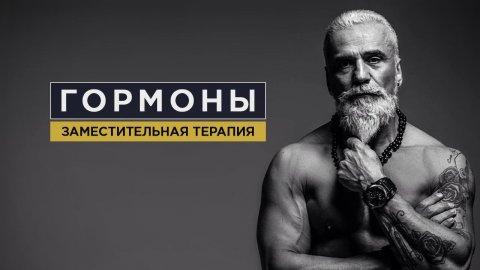
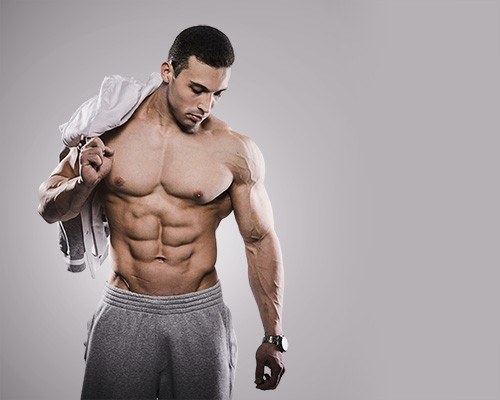








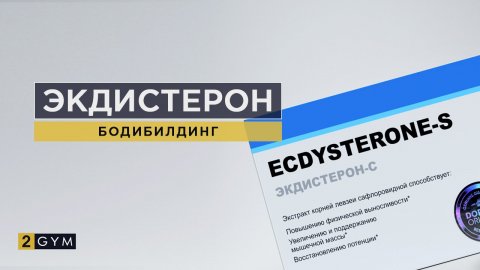




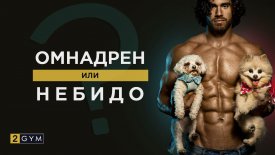
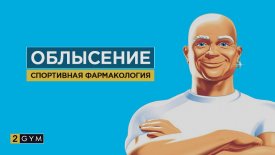



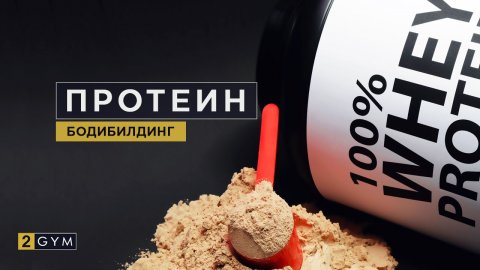
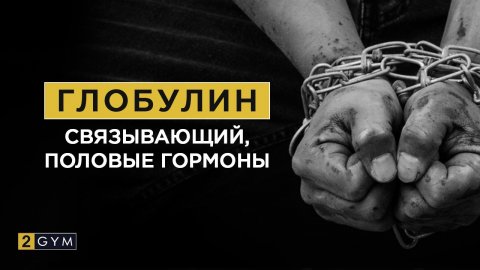

Log in with ( Sign Up ? )
or post as a guest
Be the first to comment.